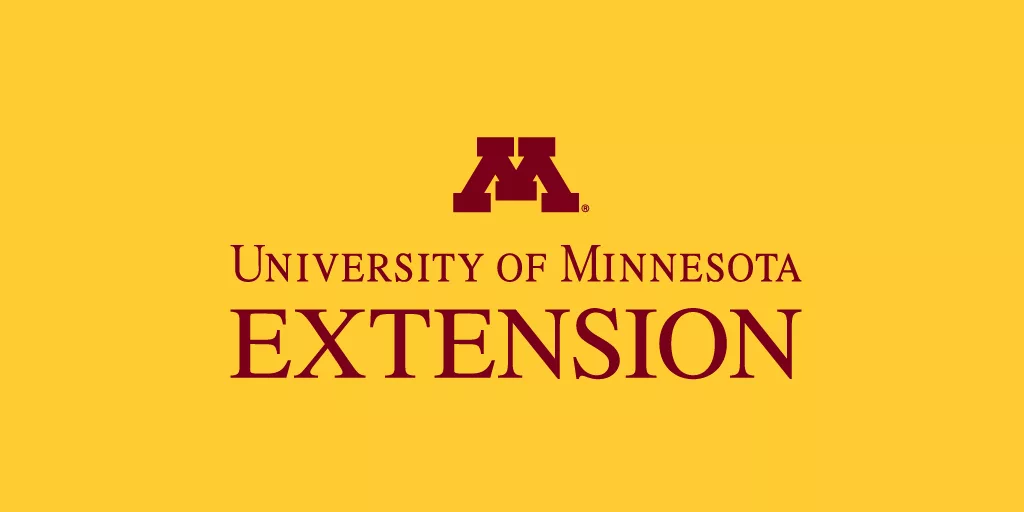Are you curious about advances in targeted spray technology or wondering if this system could work for you and actually lead to cost savings? These questions and more were highlighted during a recent UMN Extension “Strategic Farming: Let’s Talk Crops!” program. Dr. Rodrigo Werle, weed scientist with the University of Wisconsin- Madison, joined moderator Ryan Miller, UMN Extension educator – crops, for a discussion on “Targeted Spray Technology”, highlighting Dr. Werle’s research around this innovative technology. Targeted spray technology is a novel system coming our way. Although there are expenses involved, the intent is to generate bottom-line savings and other opportunities. Werle’s research team has been working with the One Smart Spray system (a Bosch and BASF Digital Farming Joint Venture) commercially available in Brazil. John Deere is commercializing the “See & Spray” system in the U.S., and many other companies are currently working on developing this technology.
Systems that can detect a living weed in a fallow field (a.k.a. green-on-brown applications), have been around for a while. These systems will spray when something green is detected. In the Upper Midwest, a system that can selectively turn on when a green weed is detected in a green crop or a green-on-green application could be a better fit. Cameras on the sprayer take images as the sprayer goes through the field. Using artificial intelligence, the system can detect where the crop row is. If green is seen between the rows, this triggers the nozzles to spray, with nozzles going on and off as weeds are detected. Premium systems have two tanks on the sprayer – one for a broadcast application and the other for a precision spray application where nozzles turn off in the absence of weeds.
These systems can generate a map showing where product was applied and where it was not, as well as a weed distribution map. These can show a producer how much they are saving by looking at how many acres received an application compared to a broadcast application and where weeds are distributed across the field. Soil maps could be overlayed with weed distribution maps to help determine preemergence residual (PRE) herbicide rates, for example, based on weed distribution and soil characteristics. In tests where waterhemp was the key target weed, Werle’s research team, led by graduate research assistant Zaim Ugljic, found that postemergence (POST) foliar herbicide savings ranged from 70 to 76% in soybean when targeted spray technology was used where weed pressures were low. When weed pressure was high, however, the savings averaged only 2%.
Any savings are based on a reduction in the amount of foliar herbicide applied. A robust soil residual herbicide program is key since the system will pay off most where weed infestations are low. If weed infestations are high, the nozzles will rarely turn off, essentially resulting in a broadcast POST application. This also emphasizes the importance of keeping weed seed bank levels low. Currently, a fee is charged per acre when nozzles are off during an application. If your POST herbicide program costs are significantly more than this fee, you can expect a return for using the system where weed populations are low or even intermediate. For more details, listen to a recording of this session and more at z.umn.edu/strategic-farming.
Thanks to the Soybean Research and Promotion Council and the Corn Research and Promotion Council for their generous support of this program.
The post UMN Extension’s “Strategic Farming: Let’s Talk Crops!” highlights Targeted Spray Technology first appeared on KROX.
